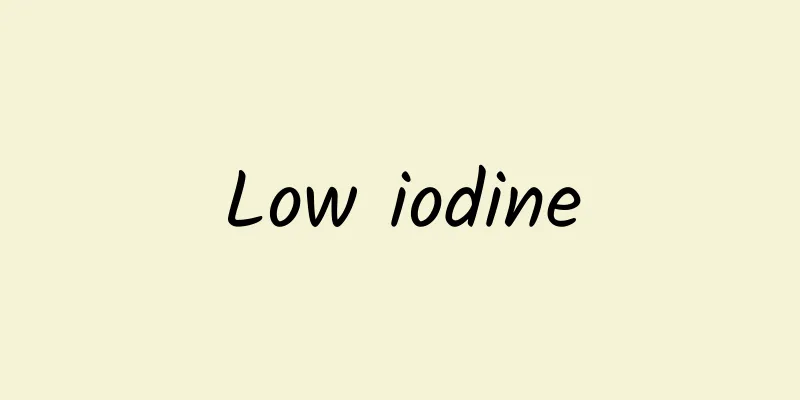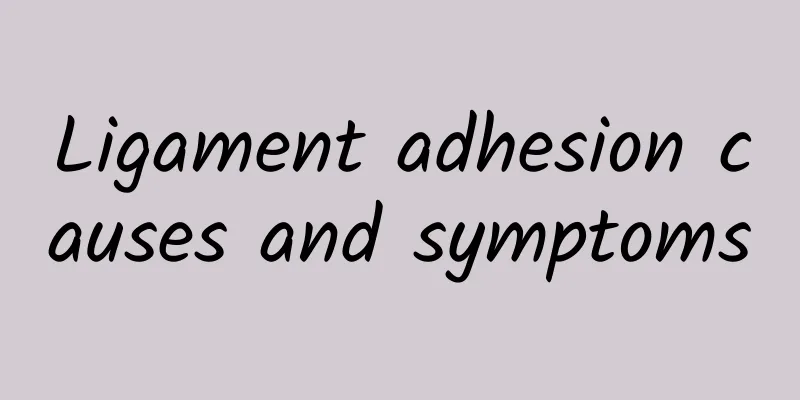The causes and consequences of high platelets, these knowledge should be understood

|
Everyone knows that low platelets can cause a series of phenomena such as anemia. High platelets also have many harmful effects, such as causing mucosal bleeding. High platelets may also indicate the presence of certain diseases in the body, such as malignant tumors. 1. Causes of high platelets: Reactive (or secondary) thrombocytosis and clonal thrombocytosis. Reactive causes of thrombocytosis include transient processes such as acute blood loss, recovery (rebound) from thrombocytopenia, acute infection or inflammation, extreme physical exertion, or other stress. Sustained forms of reactive thrombocytosis include iron deficiency, hemolytic anemia, asplenia (eg, after splenectomy or spontaneous splenic infarction in sickle cell disease), cancer, chronic inflammatory or infectious disorders, and, rarely, drug reactions. Reactive thrombocytosis itself is not harmful, even when the platelet count is extremely high (eg, in patients with active inflammatory bowel disease, the platelet count can exceed 1 million). However, underlying etiologies of thrombocytosis (eg, malignancy, chronic connective tissue disease, and chronic infection) may be associated with an increased risk of adverse outcomes. However, recent evidence suggests that high platelet counts may contribute to cancer progression. Among individuals with thrombocytosis, 80% to 90% are known to have reactive thrombocytosis. Clonal thrombocytosis is the second most common category and is usually caused by a chronic myeloproliferative neoplasm (MPN). Typical MPNs are diseases related to bone marrow multipotent hematopoietic stem cells, including polycythemia vera, essential thrombocythemia, myelofibrosis, and chronic myeloid leukemia. At this time, the platelets seem to increase, but they have no normal physiological function. Although thrombocytosis is most prominent in essential thrombocythemia, other MPNs are also associated with varying degrees of thrombocytosis. Other bone marrow stem cell disorders, including certain myelodysplastic syndromes, may be associated with thrombocytosis. These clonal disorders are associated with thrombocytosis-related adverse events, including thrombotic, vascular, and hemorrhagic complications, and thus may require control. 2. The harm of high platelet count: 1. First of all, the harm of high platelets can cause mucosal bleeding (nasal mucosal bleeding, oral mucosal bleeding, gastrointestinal mucosal bleeding, urogenital tract bleeding, vaginal bleeding, etc.); 2. Heavy bleeding after surgery is also one of the hazards of thrombocytopenia; 3. At the same time, multiple ecchymoses and purpura most often appear on the legs, which may also be harmful symptoms of high platelet count; 4. It may cause massive gastrointestinal bleeding and central nervous system bleeding, which may be life-threatening; |
<<: What to do if platelets are too low? These methods are used to treat
>>: What should I eat to supplement low platelets? Eat more of these foods
Recommend
How do antidepressants affect sexual function?
Antidepressant drugs generally have obvious side ...
What are the specific differences between fish oil and cod liver oil?
Fish oil and cod liver oil are both nutritional s...
What are the symptoms of gynecological diseases?
After suffering from gynecological diseases, cert...
What is the cause of vulvar itching? Two major reasons need attention
If female friends have symptoms of vulvar itching...
Dosage of Strength Grass
Stretching grass is a Chinese herbal medicine tha...
Does moxibustion after ovulation have any impact on pregnancy?
Moxibustion is a method of health care. It has ma...
What causes cheekbone pain?
No one is perfect. In life, everyone has various ...
Is there any cure for rabies?
Rabies, also known as hydrophobia, is a disease c...
Chinese medicine for obstructive pulmonary emphysema, these prescriptions are very effective
There are many mature medical treatments for lung...
Meridians on the abdomen
Blockage of the abdominal meridians may be accomp...
What causes arm edema?
The most common parts of the body where edema occ...
What to do if a little girl has hernia? Hernia treatment
Hernia is one of the common surgical diseases. It...
Conjunctivitis transmission
"Pink eye" is highly contagious and spr...
What medicine should be used for unknown swelling and pus?
Swollen and pustules without cause is a disease t...
What to do if you have diarrhea after taking kidney-tonifying Chinese medicine
In real life, most middle-aged men are still more...









